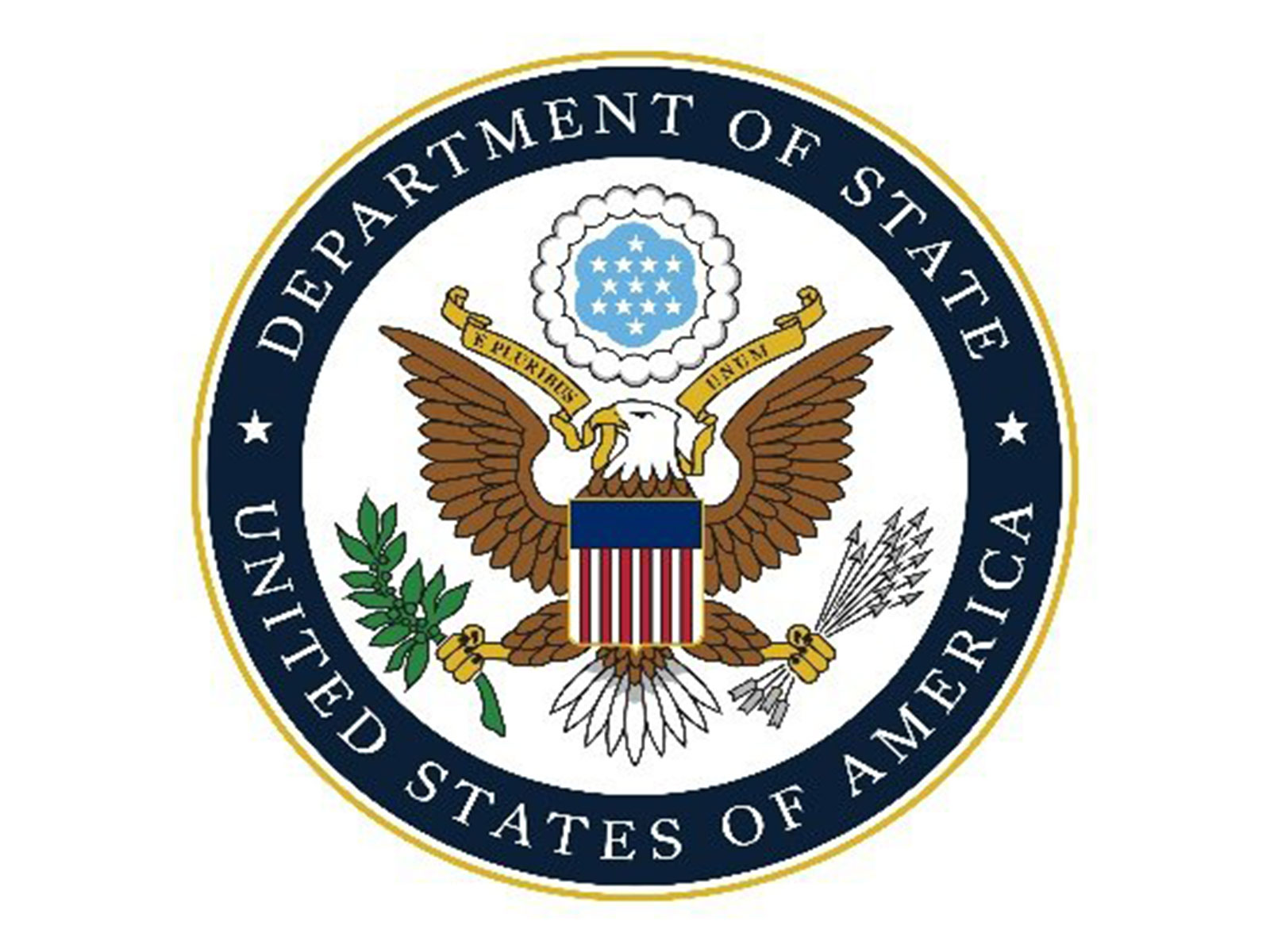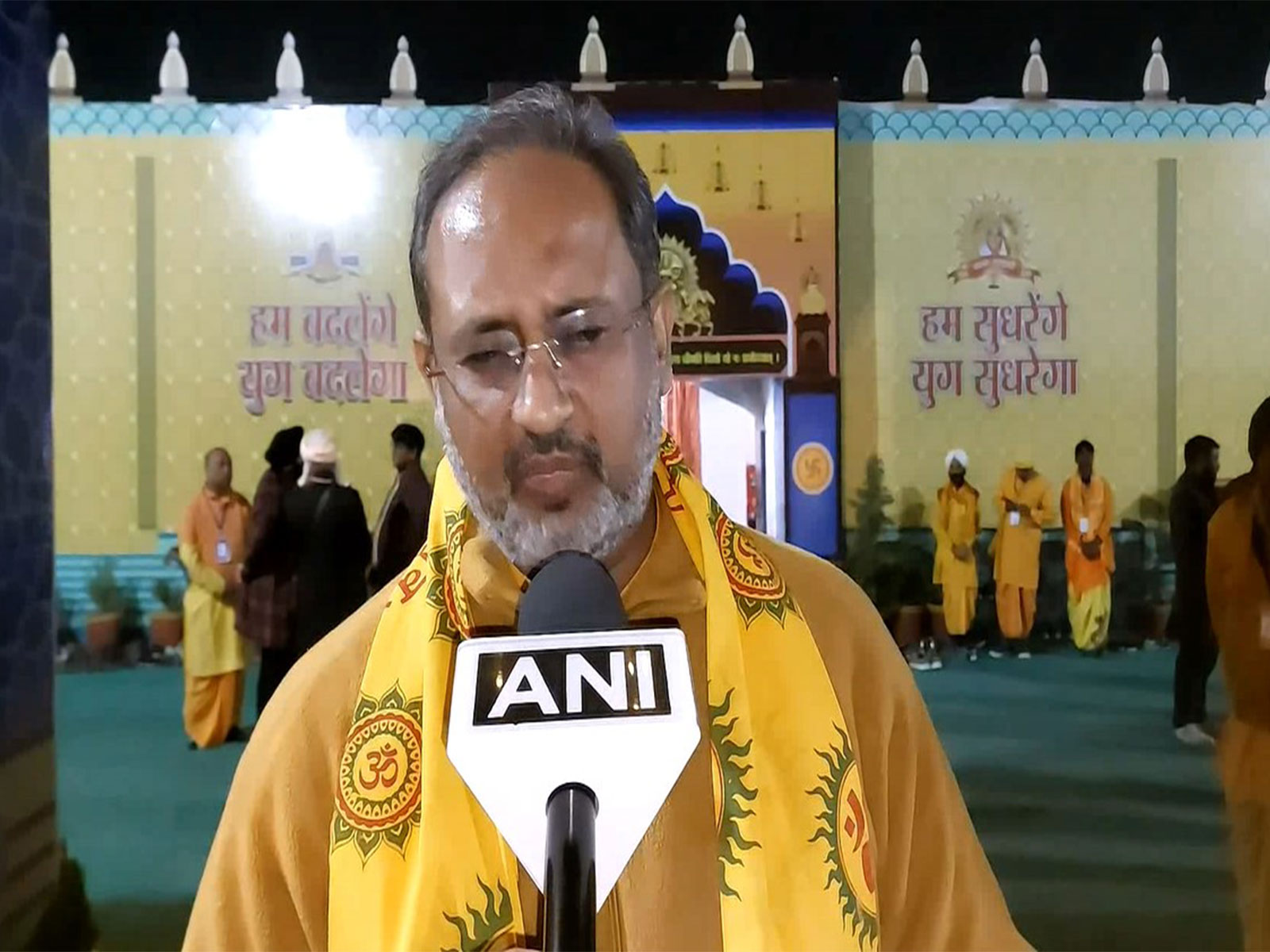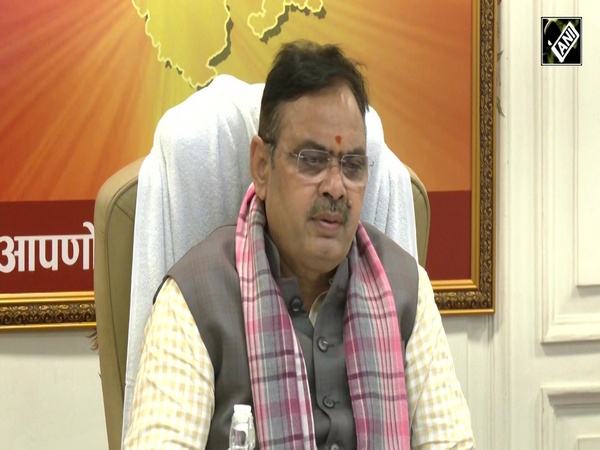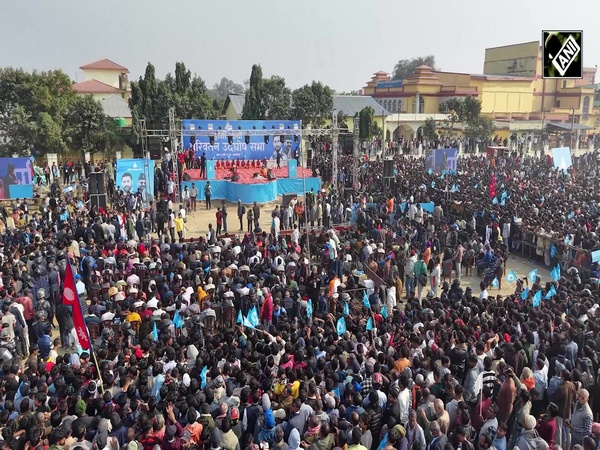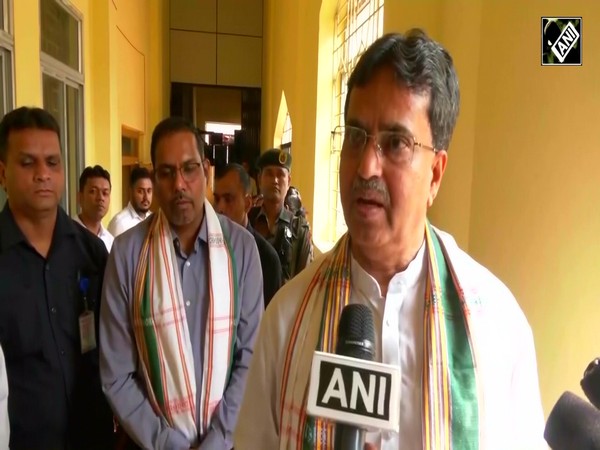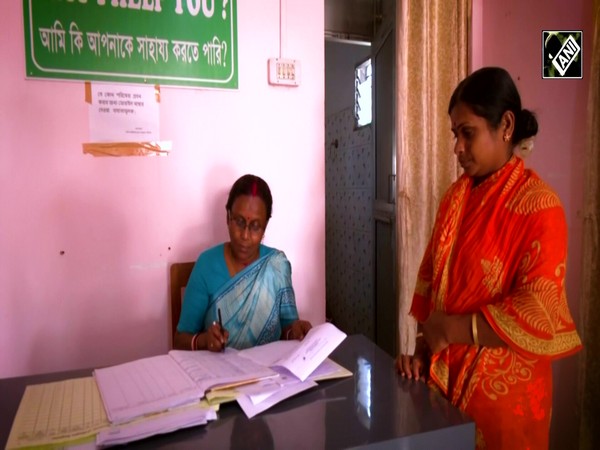91 pc Pakistan's loose milk not safe for consumption: Report
Dec 18, 2022

Lahore [Pakistan], December 18 : Ninety one per cent of loose milk sold in Pakistan have been found to be below quality and safety parameters, results of a study conducted in the top 11 cities of the country found, the Daily Times reported.
Findings of the study conducted by the University of Veterinary and Animal Sciences (UVAS) Lahore was disseminated to the press at an event held on December 15 in Lahore.
The results were declared based on testing of loose samples on five parameters namely-Composition, Adulteration, Antibiotic residues, Aflatoxin M1 and Heavy Metals. And all the loose milk samples were found unsafe on all the parameters, according to Daily Times.
According to the newspaper, there was no existence of any milk purity standards before in Pakistan and the survey was aimed at providing them. The survey was conducted by Nielsen, a multinational research agency.
The results are scary as Pakistan is the fourth largest producer of milk and 95 per cent of its milk in consumed is loose and via informal sources, the Daily Times reported.
This is not the first time that Pakistan has found itself amid a food or consumer product crisis. In May this year, inconsiderate planning and mismanagement of agricultural sources in Pakistan left the country with an acute food shortage with a large portion of the population surviving starvation in the rural areas, reported International Forum For Rights and Security (IFFRAS).
Out of the various factors accountable for food insecurity in the country, inflation and corruption pose severe concerns for the country. Pakistan's surge in food prices alongside a declining income has left many Pakistanis food insecure.
According to the World Food Programme (WFP), affordability is the largest barrier to achieving a nutritious diet, which a large part of the population is unable to afford, reported IFFRAS. WFP estimates that about 43 percent of Pakistanis are food insecure while 18 per cent suffer from food insecurity.
The absence of serious agricultural (policymaking) institutions and a good government has also hampered food security in Pakistan. Further, the country ranks 140th out of 180 countries on the the 2021 Corruption Perceptions Index.
Other factors aggravating the persistent food insecurity in Pakistan, pertain to territorial and environmental factors, reported IRRFAS. Several patches of land in the country are semi-arid or rugged which cannot be easily cultivable. To worsen the situation, water resources are rare in larger parts of the country, and finding water for irrigation is a difficult task for the agricultural sector.
According to a study conducted by the Integrated Food Security Phase Classification (IPC) in the previous year of October, three provinces of Pakistan namely, Balochistan, Khyber Pakhtunkhwa, and Sindh reel under adverse food insecurity, poverty, and malnutrition. High food prices, lack of rainfall, drought, and livestock diseases, have all added to the food insecurity in Pakistan.
In addition, the intrusion of seawater in the littoral areas of Pakistan also threatens food security in Pakistan, reported IRRFAS. Seawater decreases the productivity of fertile agricultural lands causing food scarcity, and other economic woes. It further triggers the dilapidation of natural resources such as livestock, vegetation, land, and many others.
Food insecurity impacts women, children, and rural households leading to socio-economic inequalities and causing a rise in the number of food-insecure households.
Pakistan also suffered a water crisis in June this year which has badly impacted the agriculture sector and agri-driven export industry as the situation is leading to severe drought in several areas of the country.
Despite the grave situation, not much attention was given by the Shehbaz Sharif-led Pakistan government.
Notably, the crisis not only impacts Pakistan's agriculture sector, which contributes to 23 per cent of the nation's GDP, according to the media outlet, but is also an existential threat to energy and food security, and therefore national security.



